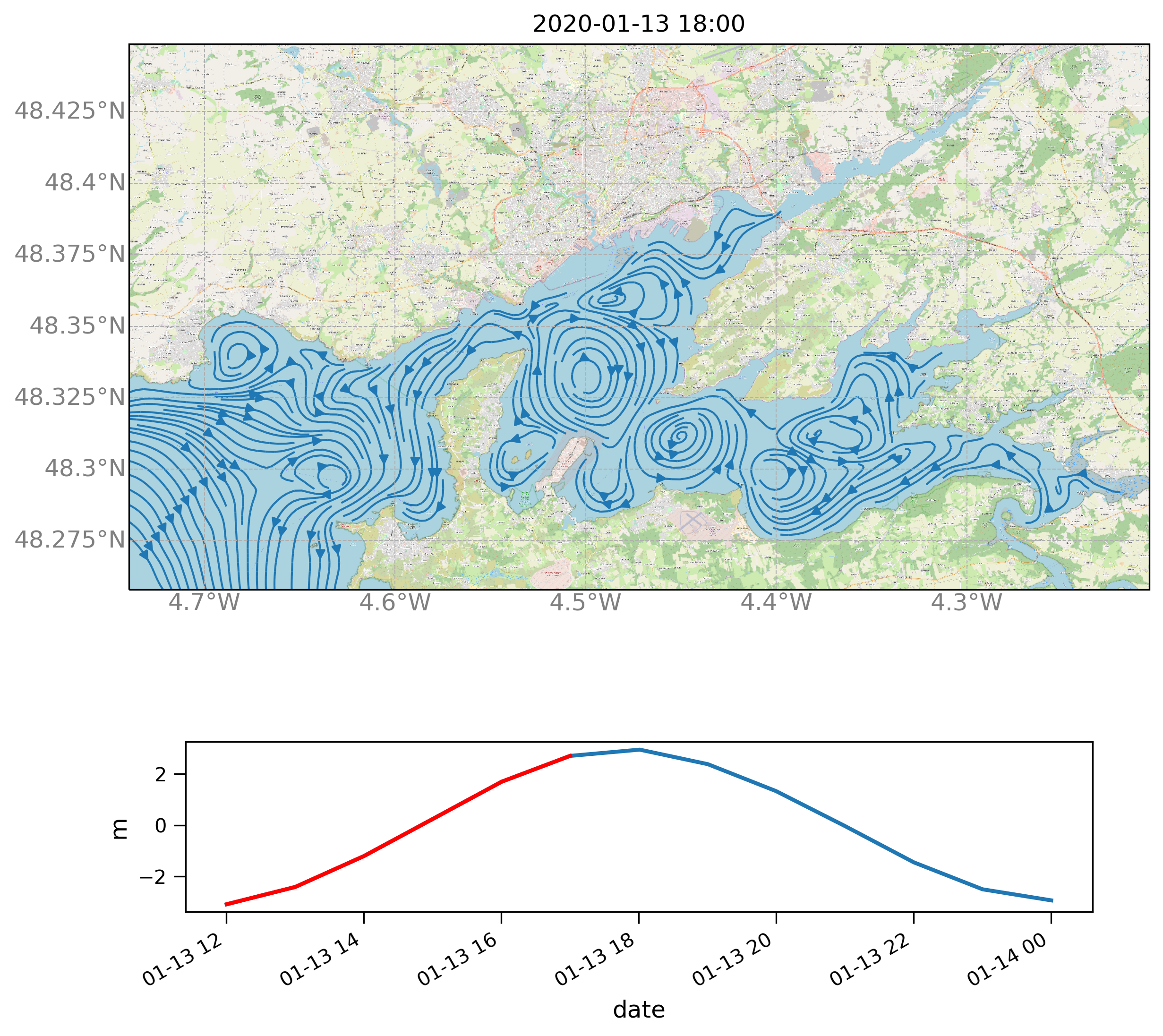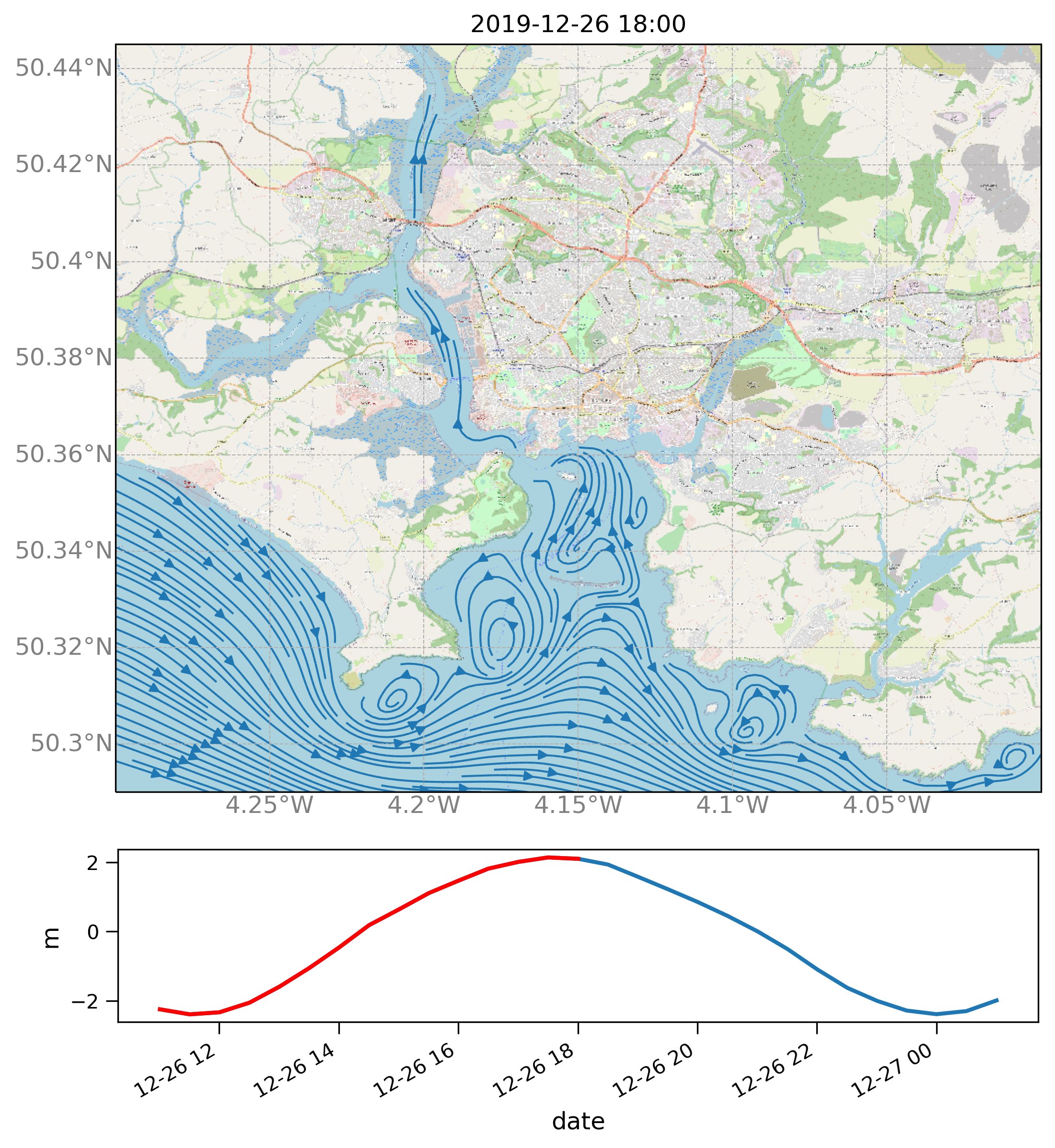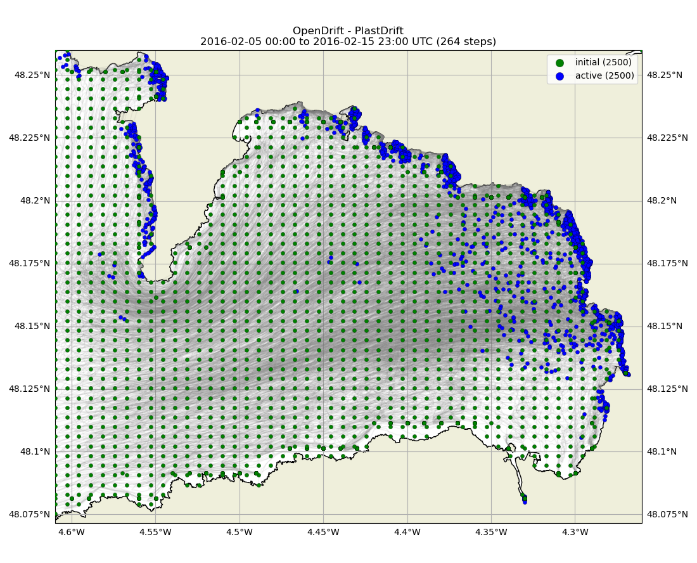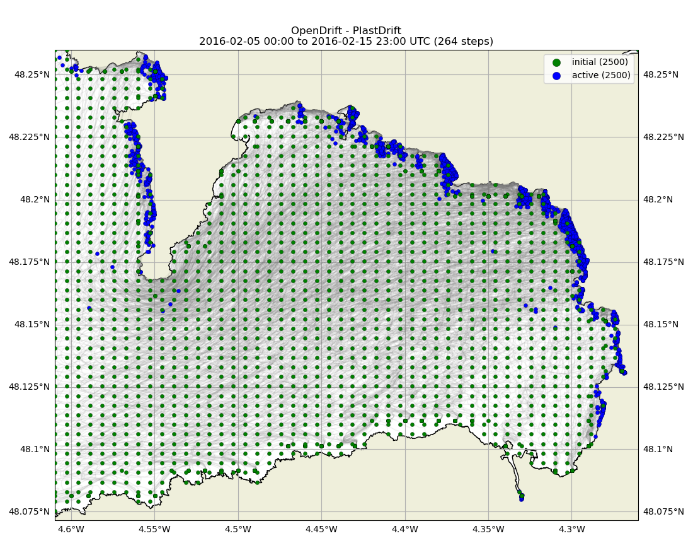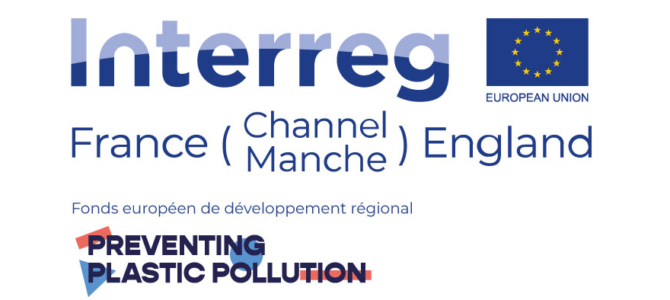
PREVENTING PLASTIC POLLUTION
Actimar is involved in the Preventing Plastic Pollution project, which is a partnership between 18 organizations from France and England. This project will improve the quality of transitional water in the France (Channel) England zone (SO 3.2) by:
- The development of a scalable and transferable mapping tool to provide quantifiable evidence of the sources and quantities of plastic pollution in watersheds;
- The development of an effective portfolio of innovative interventions to reduce plastic waste in watersheds or at their entrance;
- The transformation of the behavior of target actors (from the economic, tourist, food, sports, agricultural, aquaculture world) and by demonstrating best practices.
The expected results of this project will improve water quality through:
- A 10% improvement in good ecological status (descriptor 10 of the WFD) in transitional waters;
- A reduction in the harm caused by plastic pollution in rivers and coastal areas, estimated in a range of 38 – 126 million euros, in particular thanks to the cleaning of 150 km of rivers / coasts for an equivalent of 200 t of plastic removed;
- A plastic-free charter implemented in around 650 companies and 50 supply chains whose processes will be changed;
- The extension of this approach to ten other watersheds within 2 years after the project, then to 100 watersheds expected after 5 years.
Actimar is involved in this project on 2 main topics:
- Modeling the transport of micro and macro plastics in the maritime part of the studied areas.
- Implementation of a demonstrator as a web service for calculating plastic drift at sea.
The areas selected for Actimar’s work are the Bay de Brest, the Bay of Douarnenez, the Bay of Veys, and the Bay of Plymouth. In these areas, Actimar will produce maps of microplastics trajectories and areas of potential accumulation of plastics. The web demonstrator will dynamically display these maps and will present modeling results that can be used by actors in the territories to target their actions. The overall project budget for Actimar amounts to 376,938 euros, 70% of which will be funded by Interreg funds.
The € 14M project was approved by the INTERREG France (Channel) England Program, which committed € 9.9M in funding through the European Regional Development Fund.
Work in progress at Actimar
Modeling set-up
At mid-term of the project, Actimar completed the implementation and validation of the hydrodynamic models. Four models were built on the four bays identified for our work:
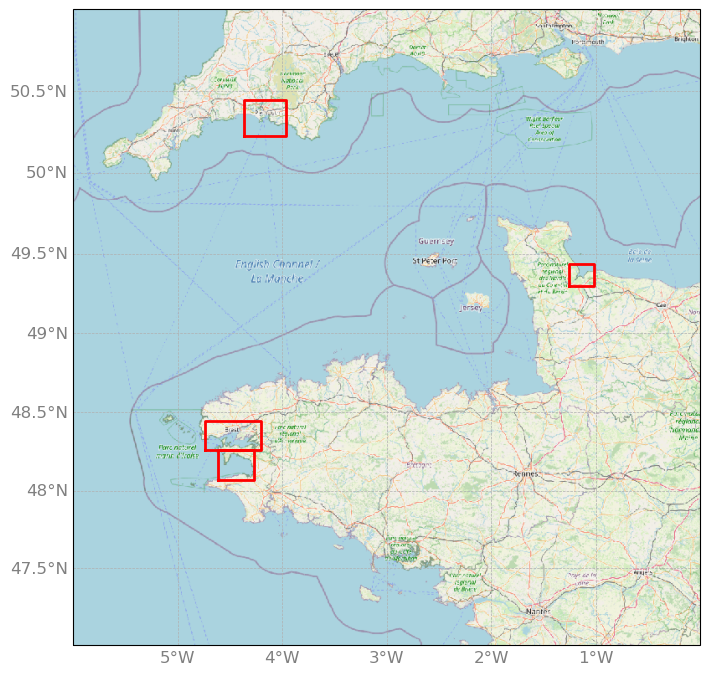
- Bay of Brest
- Bay of Douarnenez
- Bay of Veys
- Bay of Plymouth
The four models were validated for current and water level against the available data. In addition to currents, in the Douarnenez area, a sea states model has been constructed and validated. The purpose of this model is to represent the Stokes drift, i.e., the transport at sea surface associated with swells. This parameter must be added to the tidal current to fully represent particle displacement. In the case of the Bay of Douarnenez, very open to the sea, this effect on the drift of particles is not negligible, especially in the eastern part of the bay where the tidal currents are very weak.
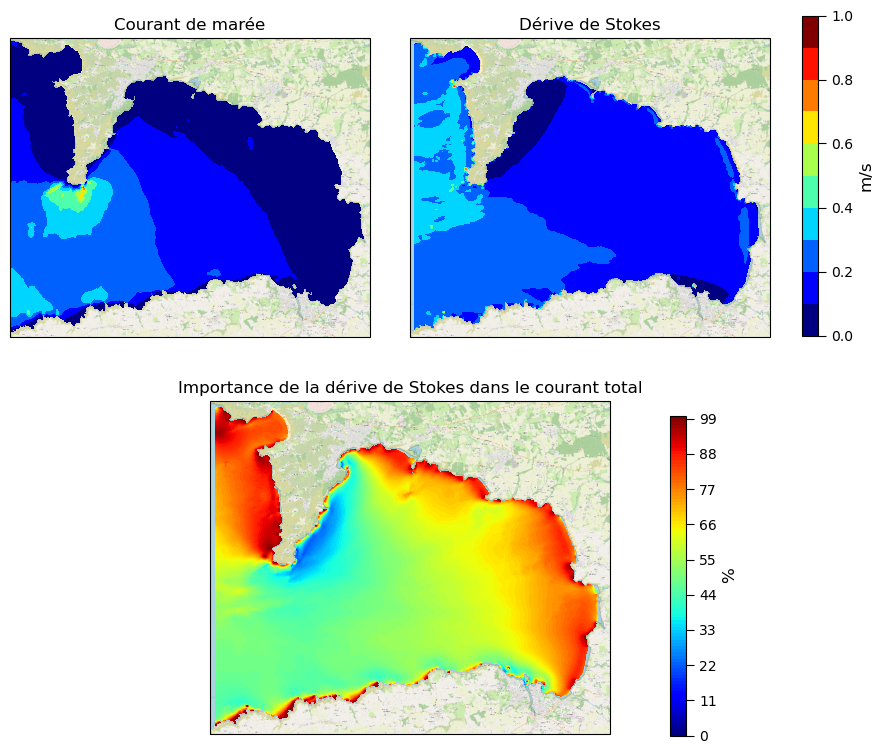
First use of models
On each of the 4 zones, the models made it possible to draw current lines at different phases of the tide, and then to identify areas of convergence, which are potentially areas of accumulation of materials, micro or macro-plastics.
Drift calculation
The Opendrift module allows the current, wind and Stokes drift fields to be used to calculate particle drift. It contains a “plastdrift” function dedicated to the transport of microplastics. The module was used on the 4 models built to plot drift trajectory maps. Several operating modes have been tested:
- Initialization of plastics in identified rivers
- Initialization of plastics at a single point in the center of the area
- Initialization of plastics on a regular grid throughout the area
Overview of other project achievements
In this project, Actimar is involved in scientific aspects of modeling and mapping areas of plastic accumulation. But this project is much larger and other actors are mobilized on very different tasks. Two important of them are:
- Public awareness of plastic pollution
- The establishment of plastic waste collection operations
An action by French partners is a good illustration of these two tasks simultaneously. It was conducted among college students and residents of the island of Ushant. Details of the action are presented on the project website (in French).
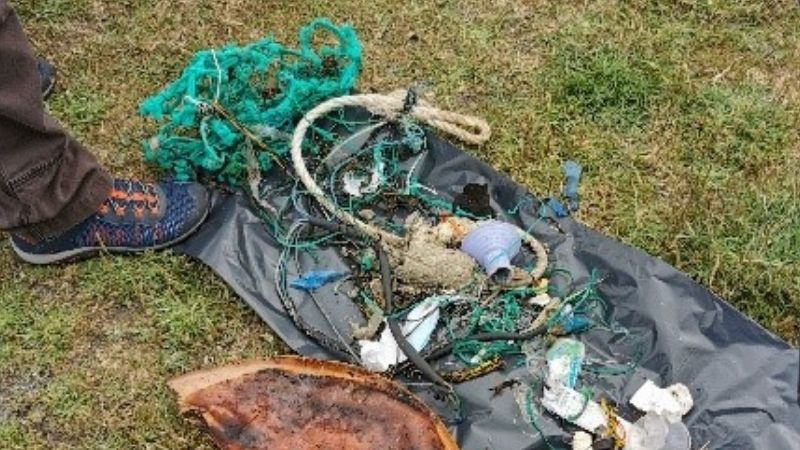
The primary purpose of the collection operations carried out within the framework of the project is of course to remove plastic waste from the environment, but the information collected during these operations must also be used to understand the origin of the pollution and to identify what are the types of waste on which action must be taken as a priority. Thus, an input form was created so that all collection operations are recorded, and the data obtained is collected and used by the project.
At the end of July 2021, 49 collection operations had been carried out, which corresponds to more than 600 hours of volunteering.
To know more about the Preventing Plastic Pollution project, the site preventingplasticpollution.com presents the various partners, their actions and the latest news from the project.

